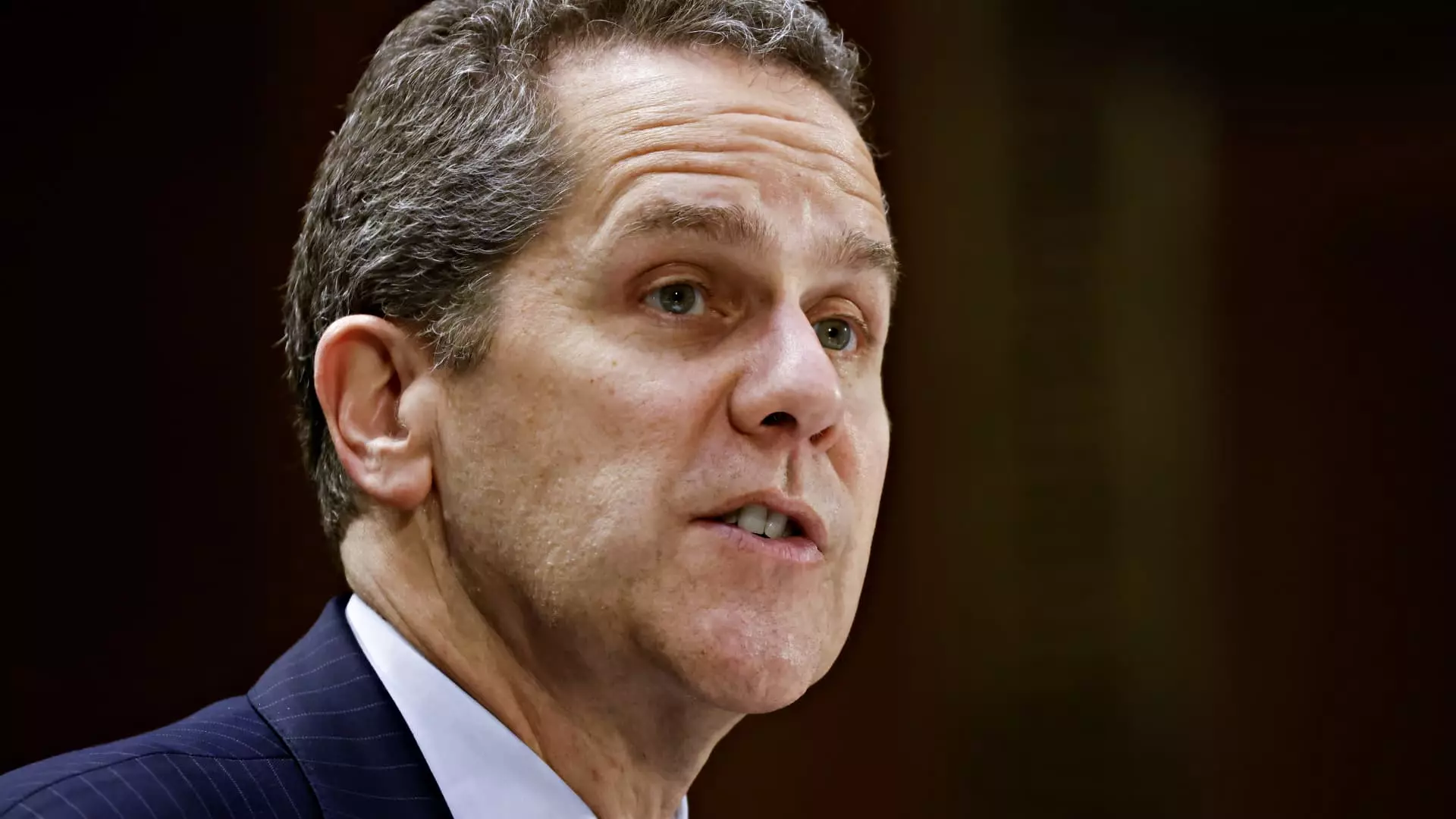The impending departure of a crucial figure in the Federal Reserve’s hierarchy marks a significant turning point for the U.S. financial landscape. Michael Barr, the vice chair for supervision at the Federal Reserve, has announced his resignation effective February 28. Although Barr will maintain his position as a board governor until 2026, his exit from the supervisory role opens the door for President-elect Donald Trump to appoint a new leader. This transition appears strategically timed to mitigate potential conflicts between Barr and Trump, who is expected to advocate for a lighter regulatory approach favorable to banks.
The announcement of Barr’s resignation is not merely a procedural change; it signals a shift in regulatory philosophy at a critical time for financial institutions. With speculation growing about Trump’s intent to revise the regulatory framework established post-2008 financial crisis, Barr’s departure could herald a new era of supervision that aligns more closely with business interests. In his resignation statement, Barr highlighted the need to avoid distractions from the Fed’s primary mission and indicated his belief that he could be more effective as a board governor. This suggests that Barr is mindful of the political dynamics at play and is making a calculated choice in the best interests of the institution’s stability.
Investors reacted positively to the news of Barr’s resignation, as evidenced by a notable increase in bank stocks. The SPDR S&P Bank exchange-traded fund, which tracks major banking institutions, experienced a gain of over 1%. This rally reflects a broader market sentiment that anticipates regulatory easing under Trump’s administration—a hopeful prospect for financial institutions currently burdened by stringent regulations. As the Fed remains cautious, it has announced a pause on significant rule changes until Barr’s successor is appointed. This situation creates an atmosphere of uncertainty but also one of opportunity, as banks wait for clearer signals on the regulatory environment that will emerge.
With Trump’s administration now in power, the pressure is on to identify a suitable replacement for Barr. The new vice chair for supervision will inherit a critical role, particularly in managing ongoing regulatory challenges such as the Basel endgame—a framework that has faced widespread criticism from the banking sector. Trump’s choice will need to balance the need for oversight with the desires of an industry eager for reduced compliance burdens. Given the restrictions on the Fed’s board size, any candidates for Barr’s position will likely have roots in the current board’s dynamics.
Michael Barr’s resignation is not just the exit of a key figure; it embodies the potential transformation of the Federal Reserve’s approach to banking regulation. The interplay between the incoming Trump administration and the Federal Reserve is set to shape the future of U.S. monetary policy and financial oversight. As banks brace for changes and markets adjust to new realities, the choice of Barr’s successor will be crucial in determining whether regulatory reforms will promote growth or pose new risks to the stability of the financial system. As we await the selection of a new vice chair for supervision, one thing remains certain: the financial landscape is poised for change.


Leave a Reply